Ceramic tiles have been popular for their durability, aesthetic appeal, and adaptability in various environments, from kitchens to bathrooms and living rooms, since ancient times. However, over time, tiles may lose their shine due to wear and tear, and they may even crack, affecting their appearance. If you’re dealing with such issues, don’t worry – repairing the glaze of ceramic tiles is a practical solution to restore cracked tiles and extend their lifespan. To learn more about the process of repairing ceramic tile glaze, you can follow the guide below.
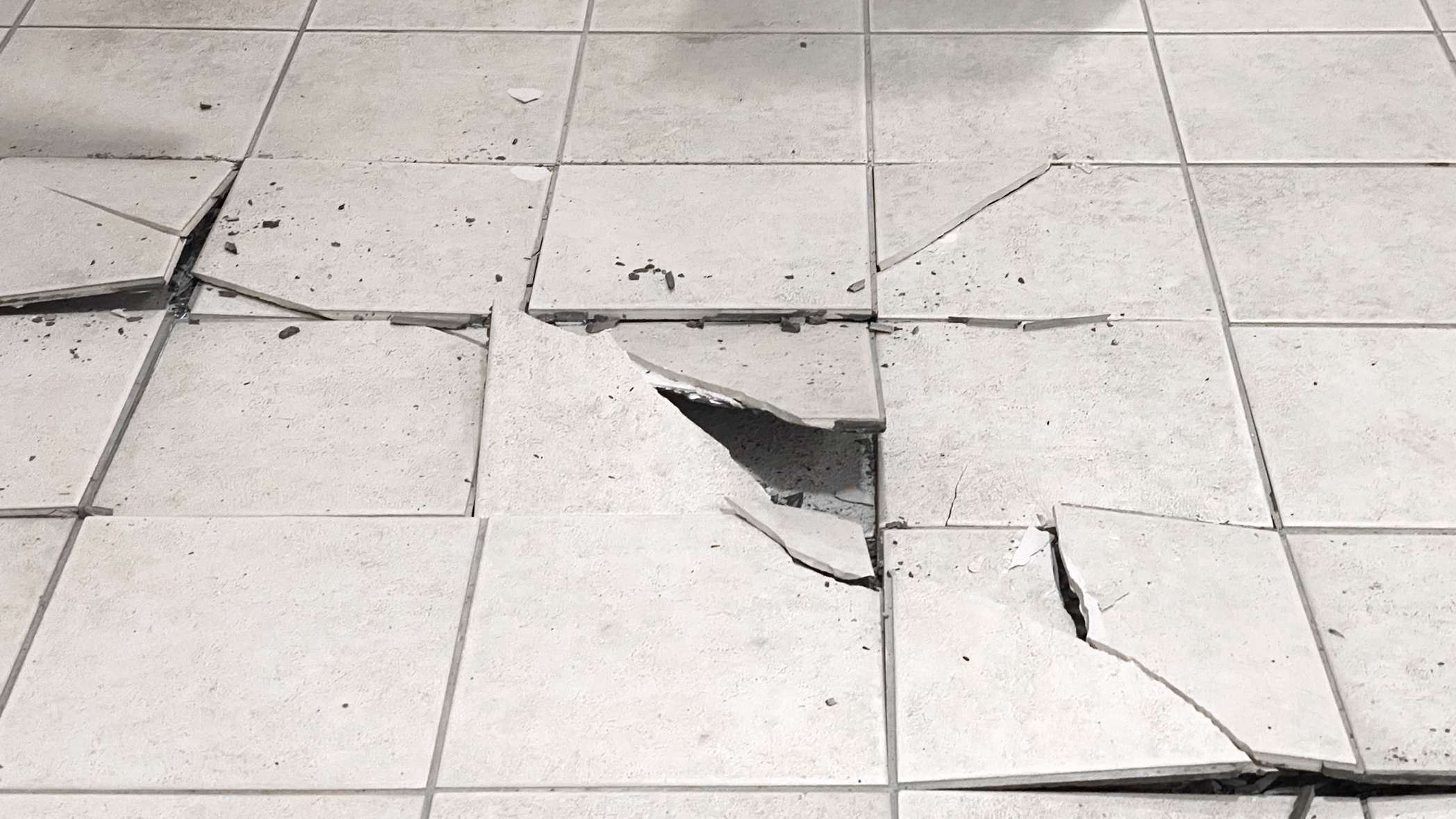
The Process of Repairing Ceramic Glaze
Ceramic glaze is a glass-like coating applied to ceramic tiles to enhance their appearance and also act as a protective layer. This glaze not only increases the color and glossy finish of the tile but also helps seal its surface.
In fact, the glaze makes the ceramic tiles more resistant to stains, moisture, and wear. Unfortunately, over time, the glaze can get damaged or wear off, creating a dull surface, which leaves the tile vulnerable to potential damage.
Restoring and repairing the glaze of ceramic tiles involves several steps, each aimed at rejuvenating the tile surface and improving its appearance or strengthening the protective layer. Below, we briefly explain the key stages in the ceramic glaze repair process.
Assessing the Type of Crack and Damage
Before starting the repair process, it’s important to assess the condition of the tiles. This is the stage where you identify the extent of the damage, cracks, or discoloration of the surface. Further inspection will help you decide whether a simple glaze repair is enough, or if the tile needs to be completely replaced.
In the first step, the root cause of the ceramic damage is identified. By understanding why the glaze has worn off or the tile has cracked, you can find the best solution. Sometimes, cracks and breaks in tiles are due to their poor quality.
In other cases, inadequate subfloor preparation may have caused the tiles to crack, and the glaze to wear off. Overall, the adhesive used underneath the tiles plays a significant role in the quality and longevity of these surfaces.
You should also be cautious when selecting the installer, as improper installation due to lack of expertise can lead to poor tile placement, which reduces the lifespan of the floor tiles.
Cleaning the Tile and Ceramic Surface
Once you’ve assessed the condition of the ceramic tiles, it’s time to clean them. Cleaning is the first step in the actual ceramic glaze repair process. To clean the floor tiles, you need to remove dirt and grime first.
Use appropriate cleaners to remove dirt and grease from the surface. Keep in mind that cleaners with a neutral pH are usually better for ceramic tiles. Cleaning stubborn stains before repairing the ceramic surfaces is also important.
Don’t forget to allow the tiles to dry completely before proceeding to the third step, as moisture can interfere with the glaze application. In general, before any final glaze repairs, make sure no residues are left on the surface.
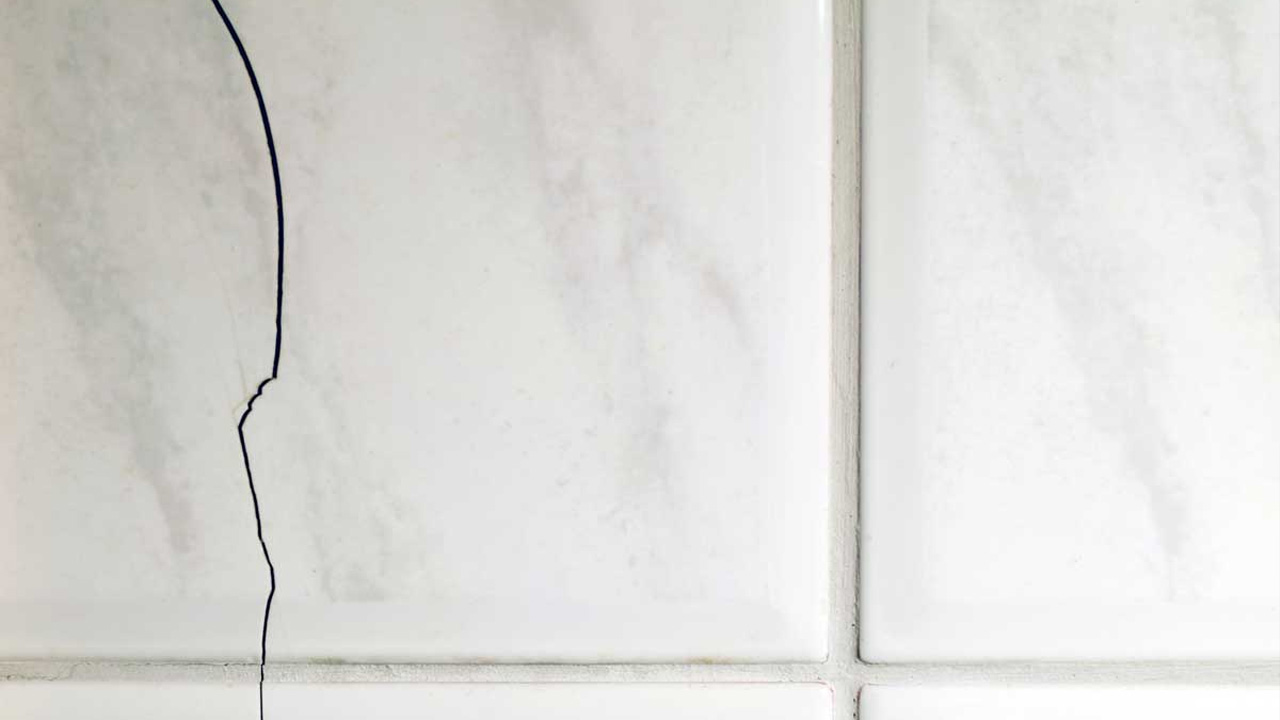
Repairing Chipped or Broken Tiles
To repair chipped tiles or surfaces that have lost their glaze, the cracks need to be thoroughly addressed. You can use ceramic fillers or epoxy to fill in the cracks or breaks.
Once the repaired areas are dry, you should sand them to make them smooth and shiny. This ensures that the repaired tile surface blends seamlessly with the rest of the tiles.
Repairing the Glaze of Ceramic Tiles
After fully restoring the damaged tile and fixing any issues, you can proceed to repair its glaze. Be careful when selecting the right glaze, making sure it matches the material of your floor tiles.
Most glazes are water-based and solvent-based. You can also use ceramic and tile repair adhesives. These adhesives come in both paste and powder forms.
Powdered adhesives are dry and require more water during use, while paste adhesives work differently. Powdered adhesives are made of cement and polymers, while paste adhesives have different components and are more resistant to water, acid, and impact.
In addition to adhesives, you can use grout to repair cracks and damaged glazes, as grout also works well for coating and protecting ceramic tiles. Ultimately, if the cracks and damage are too extensive, it’s advisable to replace the tiles.
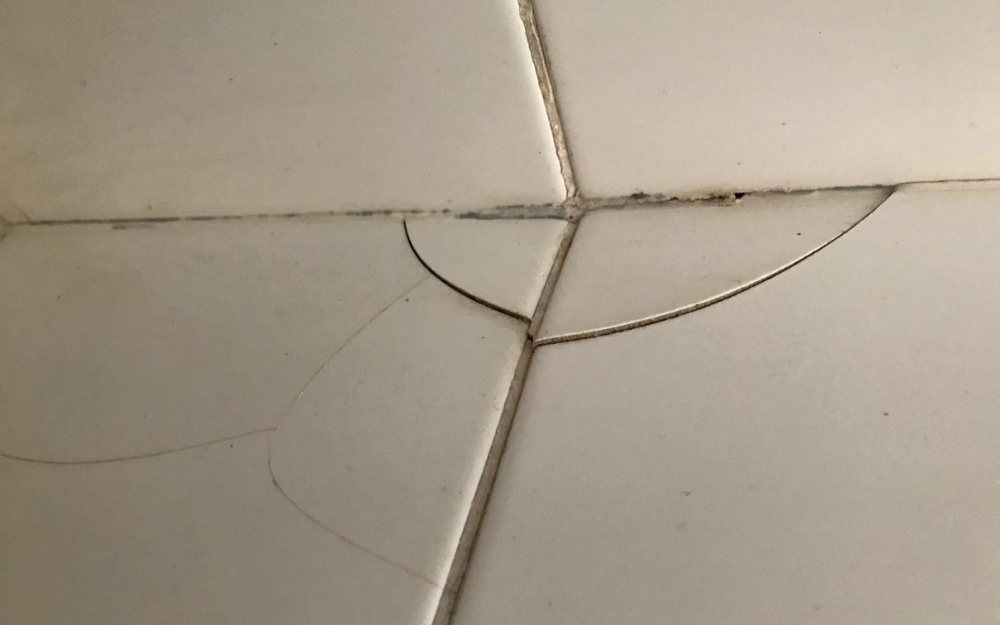
Conclusion
Repairing the glaze of ceramic tiles is an efficient and beneficial process that can significantly improve the appearance and lifespan of the flooring in a given space. Once you notice signs of damage or cracking on your tiles, it’s time to act.
By following the proper steps, not only will the aesthetic appeal of the ceramic tiles improve, but an additional layer will also protect them from various types of damage. We recommend seeking the help of specialists to ensure the process is completed properly and to save on costs.
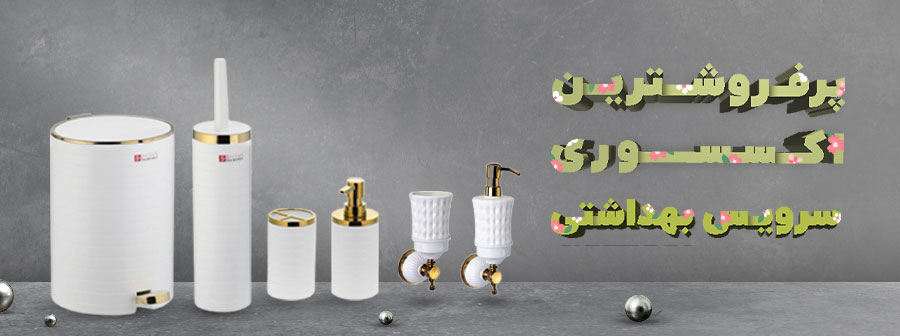

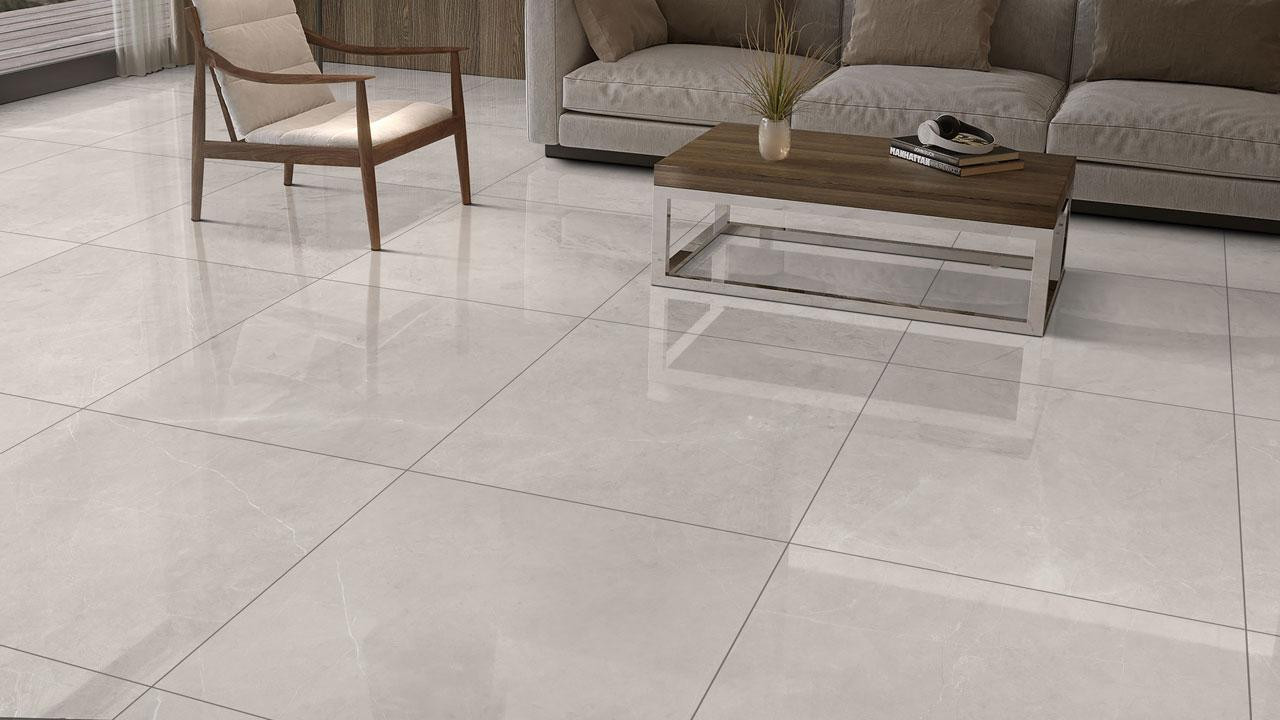
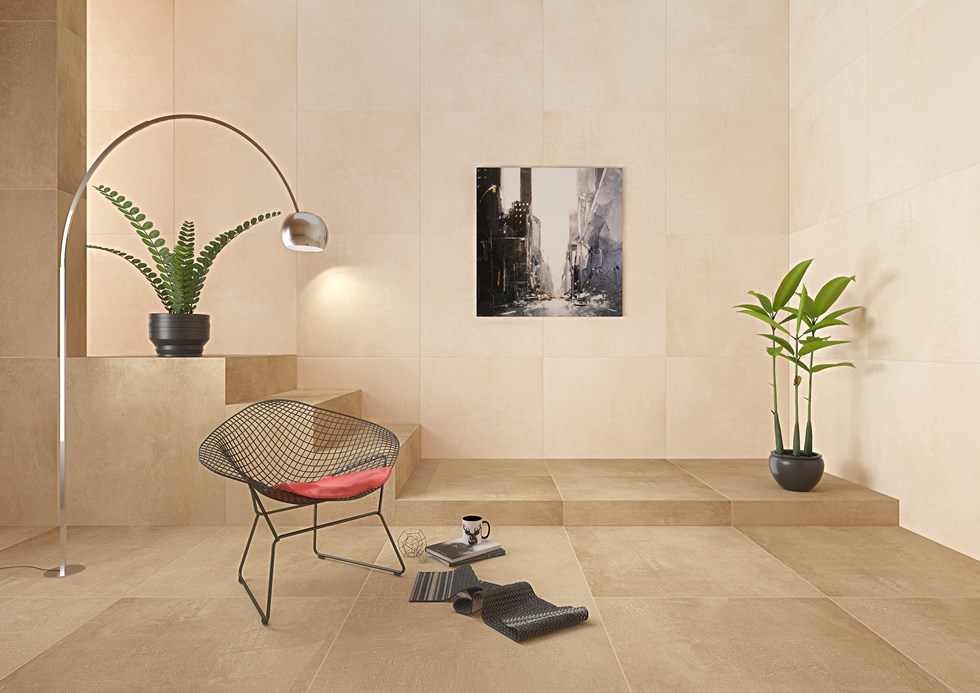


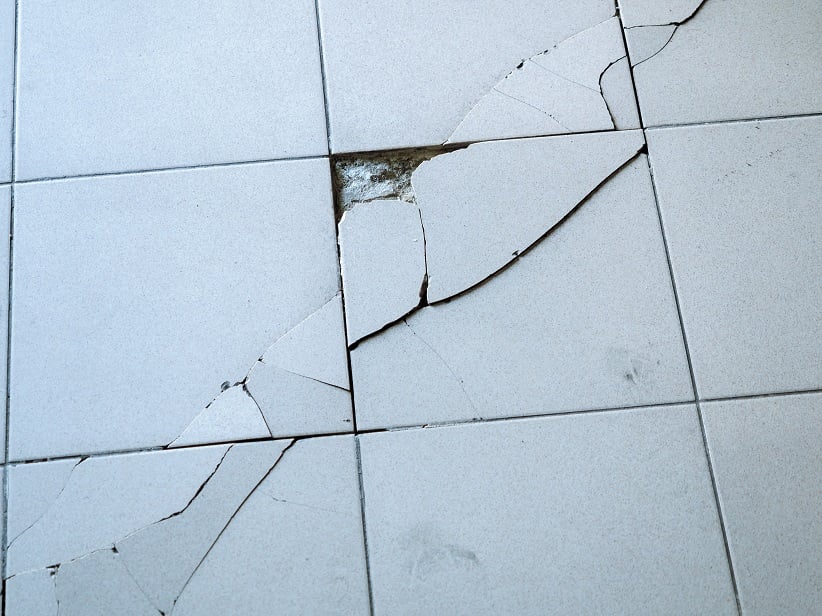
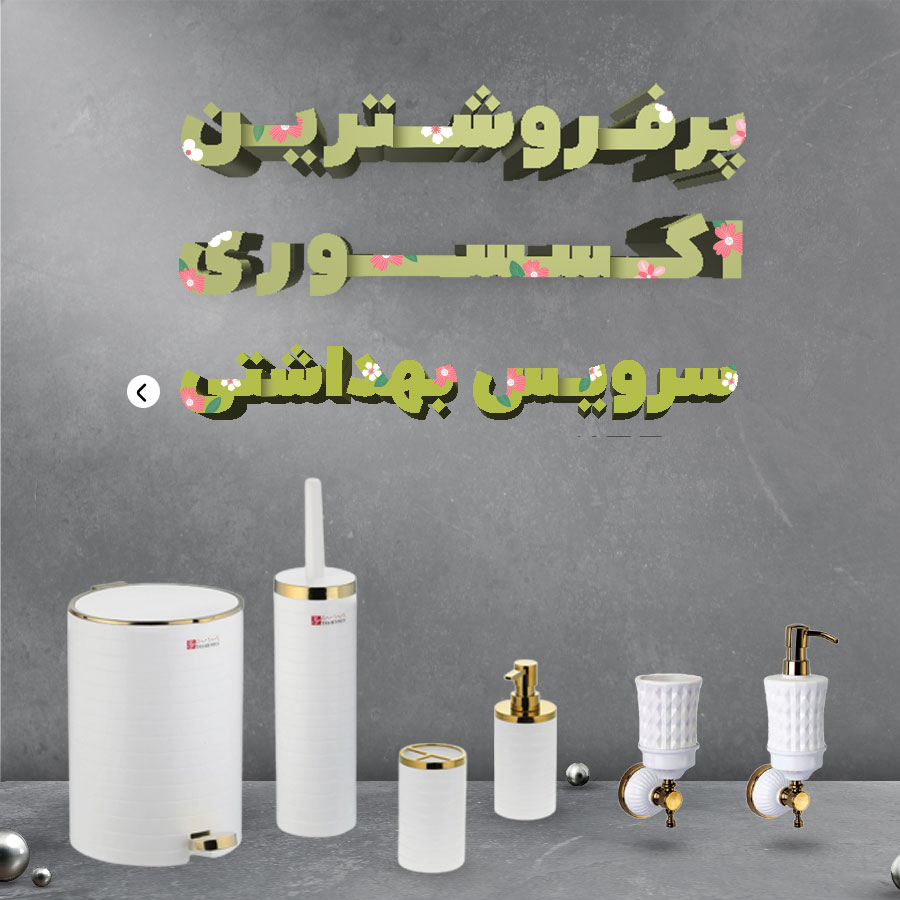

نظرات ۰